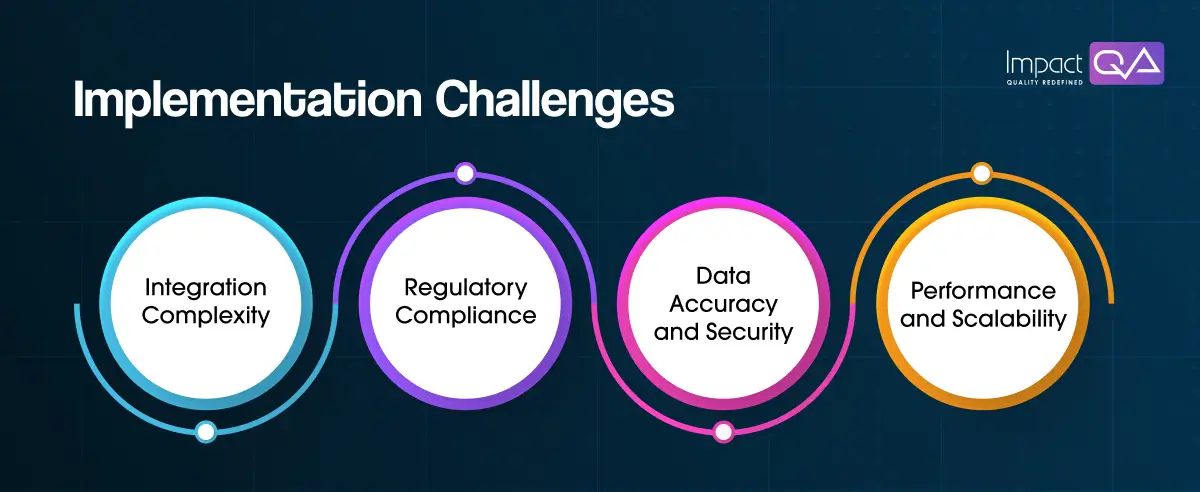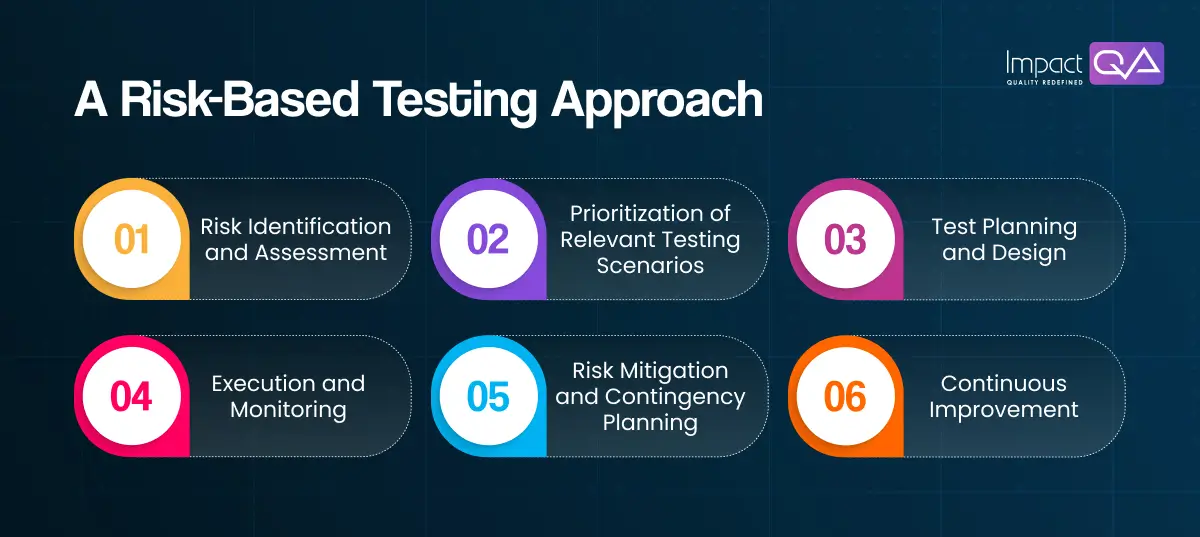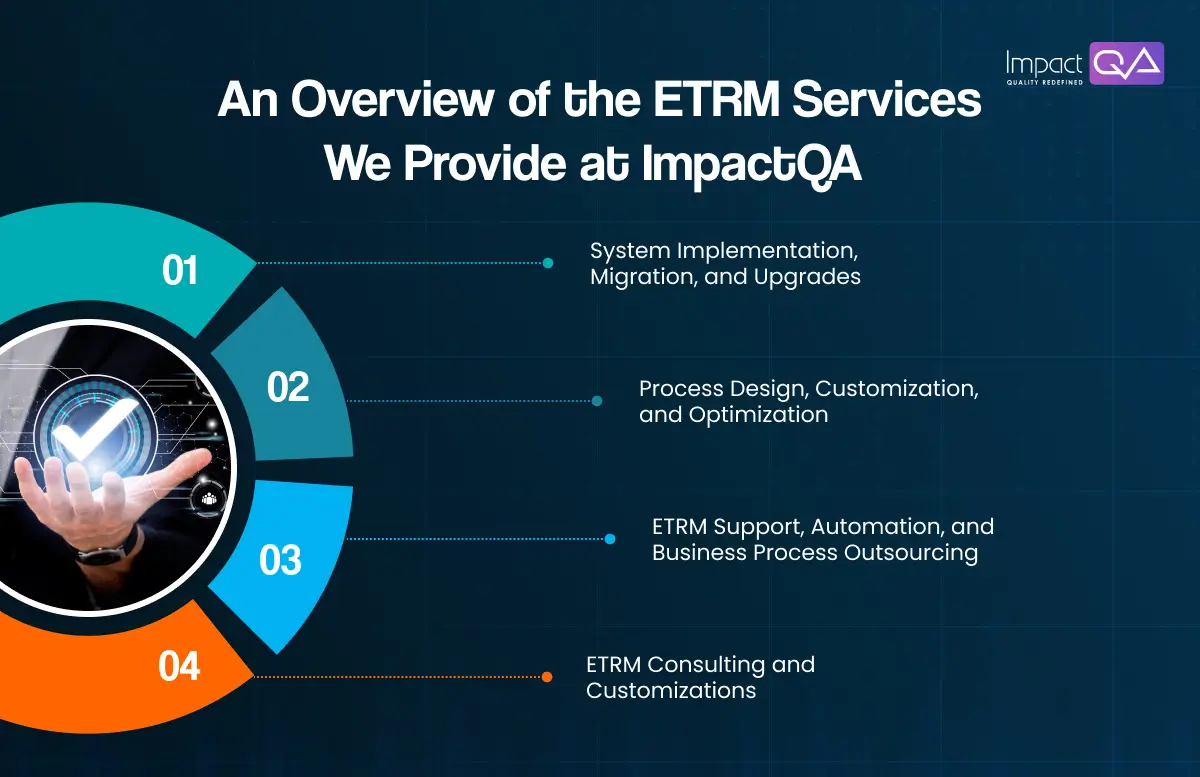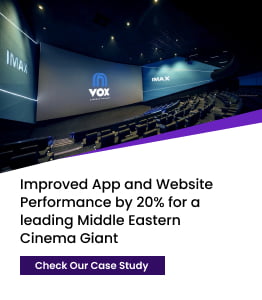Software Quality Assurance for ETRM Implementation: A Risk-Based Approach to a Testing Strategy

In the dynamic world of Energy Trading and Risk Management (ETRM), where accuracy, efficiency, and reliability are critical, the implementation of robust software systems becomes highly crucial. These systems not only handle complex trading activities but also manage risk, compliance, and operational processes integral to the energy sector. Hence, software quality assurance for ETRM implementation becomes a key aspect to pay attention to. Thorough and efficient QA is essential for this software to mitigate risks and maximize operational efficiency.
This blog is aimed at exploring the intricacies of ETRM software, its components, and what challenges businesses commonly face while integrating it with their existing internal systems. This piece serves as a guide to ETRM system implementation, and the prevalent need for software quality assurance (SQA) in solidifying the proper functioning, performance, and security of this software. So, let’s dive in!
Understanding the ETRM Landscape
ETRM systems are pivotal in managing the lifecycle of energy commodities from trading and logistics to risk management and settlement. They facilitate decision-making processes, ensure regulatory compliance, and optimize trading strategies. Here are some functionalities that ETRM software offers:
- The ETRM software manages front, middle, and back-office operations for efficient business management for energy businesses.
- It offers specialization options for handling single or multiple energy commodities based on specific needs.
- It provides a comprehensive view of business, energy, and financial modules.
- ETRM software is adept in reducing human errors, offering unbiased results, and boosting decision-making processes.
- It navigates complex regulatory requirements effectively compared to legacy systems or spreadsheets.
- It helps track the entire lifecycle of contract deals, offers critical market insights, and controls risks.
- It ensures quick and responsive compliance with regulatory standards.
- It facilitates seamless communication and enhances work management across teams.
Given the critical role of ETRM, any software implementation in this regard must be meticulously planned and executed to avoid potential pitfalls that could lead to financial losses or operational disruptions.
Also Read: CTRM VS. ETRM: Which Software is Perfect Fit for Your Business Needs?
Challenges in ETRM Software Implementation
Implementing ETRM software poses several challenges, primarily due to the complexity and interconnected nature of trading and risk management processes. Some common challenges include:
- Integration Complexity: ETRM systems need to integrate seamlessly with existing IT infrastructure, trading platforms, market data feeds, and financial systems. Any integration issues can lead to data inconsistencies or operational inefficiencies.
- Regulatory Compliance: Compliance requirements in the energy sector are stringent and vary across regions. ETRM software must adhere to these regulations to avoid legal consequences and penalties.
- Data Accuracy and Security: Accuracy in pricing, market data, and risk metrics is critical. Data security is also critical since financial and trading data are sensitive information for the company.
- Performance and Scalability: The software must handle large volumes of data and transactions efficiently, especially during peak trading periods. The software must also be easy to scale, that is, there should be measures to ensure that the system can grow with the business requirements.
Importance of Software Quality Assurance for ETRM Implementation
SQA plays a pivotal role in mitigating the risks associated with ETRM software implementation. It ensures that your energy software meets the pre-defined standards of functionality, performance, security, and usability. A proactive SQA approach not only identifies defects early but also prevents potential issues from impacting critical operations.
Risk-Based Testing Strategy
A risk-based strategy for testing is crucial for effective software quality assurance in all ETRM implementations. This approach prioritizes software testing efforts based on the potential impact of risks occurring. Let’s look at a potential risk-based testing strategy structure:
- Risk Identification and Assessment: Begin by identifying and assessing risks specific to ETRM software implementation. These risks could include integration failures, regulatory non-compliance, data inaccuracies, performance bottlenecks, and security vulnerabilities. Every risk needs to be assessed according to its potential consequences.
- Prioritization of Relevant Testing Scenarios: Prioritize testing the cases based on when risks are identified in the testing process instead of leaving the testing for later once all defects are detected. Focus on high-risk areas that have a significant impact on business operations or compliance. This ensures that resources are used efficiently to address the most important risks first.
- Test Planning and Design: Develop comprehensive test plans and designs that align with identified risks. Include functional testing, integration testing, performance testing, security testing, and usability testing as part of the overall testing strategy. Real-world test cases must be simulated to uncover all potential vulnerabilities and hidden defect areas requiring thorough testing.
- Execution and Monitoring: Follow the test plan and watch closely for any differences between the actual results and what was expected out of the standards initially set. Automated testing tools can expedite the testing process and provide accurate metrics on software performance.
- Risk Mitigation and Contingency Planning: As testing progresses, prioritize risk mitigation strategies for identified issues. Develop contingency plans to address potential failures or delays in the implementation process. Collaborate closely with stakeholders, including IT teams, traders, risk managers, and compliance officers, to ensure alignment with business objectives.
- Continuous Improvement: SQA is a repetitive process. Organizations must collect feedback from end-users and stakeholders to refine testing strategies and improve software quality continuously. Companies must also ensure that their data and analysis from previous implementations are incorporated into the next projects to enhance their effectiveness.
Best Practices in SQA for ETRM Implementation
Implementing the below-mentioned best practices serves as a guide to successful ETRM system implementation and SQA to enhance the effectiveness of the testing strategy:
- Collaboration: Foster collaboration between business stakeholders, IT teams, and SQA experts to align testing efforts with business goals.
- Automation: Utilize automation tools for repetitive testing tasks to improve efficiency and reduce human error.
- Performance Testing: Conduct rigorous performance testing to ensure the software can handle expected workloads without degradation.
- Security Testing: Perform thorough security testing to identify and rectify vulnerabilities that could compromise data integrity.
- Comprehensive Documentation: Maintain detailed documentation of test plans, test cases, and test results for audit and compliance purposes.
ImpactQA’s ETRM Services
- System Implementation, Migration, and Upgrades: ImpactQA assists you in migrating your energy trading operations from your current software to a new one. Additionally, our expertise in system implementation and simultaneous testing offers an added layer of security and efficiency in the case of ETRM software implementation and integration with your existing internal systems. We also ensure that any updates to the ETRM software are duly upgraded for the purpose of abiding by regulatory compliance at any given point in the post-live phase.
- Process Design, Customization, and Optimization: Every organization is fundamentally distinct from others, although operating in the same space. ETRM systems often require customizations to integrate with individual organization’s internal systems. Hence, the requirement for implementation process designs and incorporating new custom functionalities arises. ImpactQA offers these services to seamlessly integrate your energy trading software with your internal systems.
- ETRM Support, Automation, and Business Process Outsourcing: ImpactQA helps your organization in automating recurring operational tasks like daily reporting, master & reference data administration, and transaction processing. We also offer post-go-live support for your ETRM systems to keep them up-to-date with new features, resolve breakages, etc.
- ETRM Consulting and Customizations: Our team of experts analyzes your organizational fit with the ETRM system and offers suggestions based on when it’s feasible to make customizations and when the software’s standard industry fit is the better option for your operations.
Conclusion
In conclusion, effective Software Quality Assurance is critical for successful ETRM software implementation. A risk-based testing strategy allows organizations to prioritize testing efforts, mitigate potential risks, and ensure the reliability and efficiency of ETRM systems. By adopting best practices in SQA and continuously improving testing methodologies, energy companies can confidently leverage ETRM software to optimize trading strategies, manage risks effectively, and maintain compliance with regulatory requirements in the competitive energy market landscape.
Implementing ETRM software is a complex endeavor, but with a robust SQA framework in place and the right implementation & testing team, organizations can navigate challenges successfully and unlock the full potential of their trading and risk management capabilities.








